Search Images
Browse Content (p. 965)
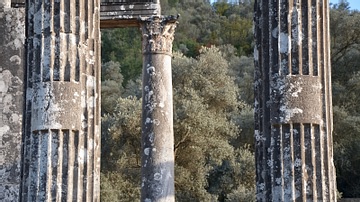
Image
Columns of the Temple of Zeus Lepsynos, Euromos
Inscriptions on the flutted columns of the Temple of Zeus Lepsynos at Euromos celebrating the donors who financially supported the construction of the temple.
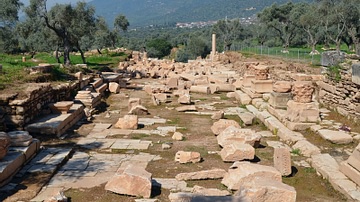
Image
Nysa Street
The street leading to the entrance to the Agora of Nysa.
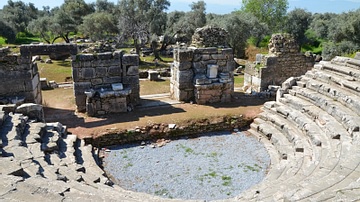
Image
The Gerontikon of Nysa
The gerontikon (Council House of the Elders) of Nysa, originally built during the Hellenistic and adapted as an odeon in the 2nd century AD, the capacity was 700.
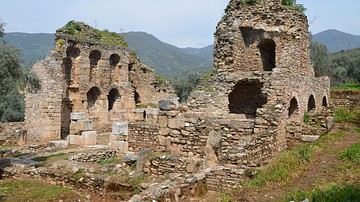
Image
The Library of Nysa
The library of Nysa, built in the 2nd century CE and considered to be Turkey’s second-best preserved ancient library structure after the Library of Celsus at Ephesus.
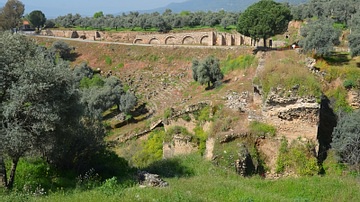
Image
The Stadium of Nysa
The Stadium of Nysa, built at the foot of the gorge with rows of seats cut into the steep hillside and dated to Late Hellenistic period.
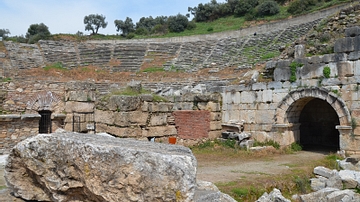
Image
Theatre of Nysa, Inside View
The theatre of Nysa, first built in the Late Hellenistic period but the current architectural features date to the 2nd century AD.
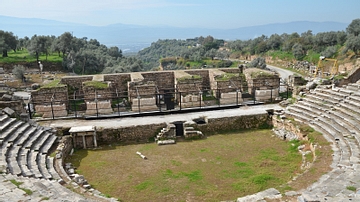
Image
The Theatre of Nysa
The theatre of Nysa, first built in the Late Hellenistic period but the current architectural features date to the 2nd century AD.
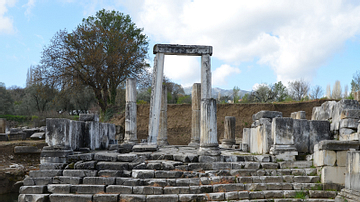
Image
Propylaea with Stairway, Lagina
The propylaea, a stairway with ten steps led from the propylaea to a paved way and then to the altar.
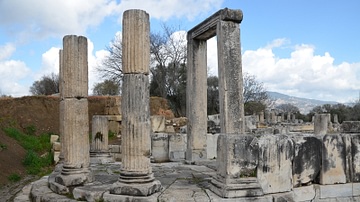
Image
Propylaea at Lagina
The propylaea at Lagina with a semicircular colonnade at the front.
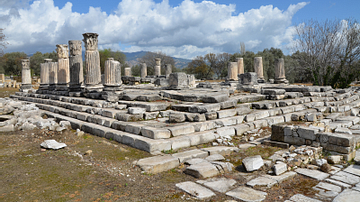
Image
Temple of Hecate at Lagina
The Corinthian Temple of Hecate at Lagina, its architectural type was pseudodipteral with pronaos.